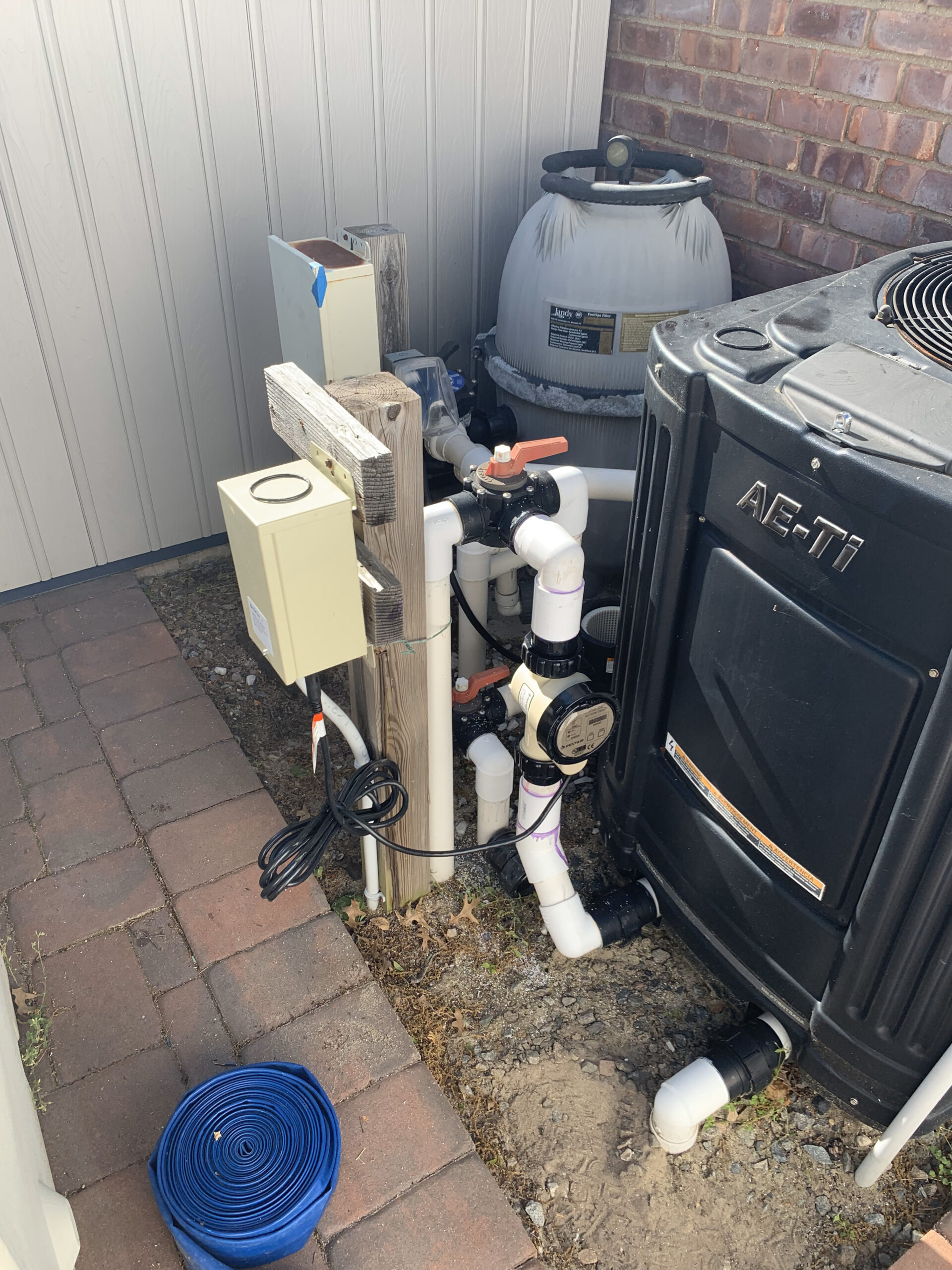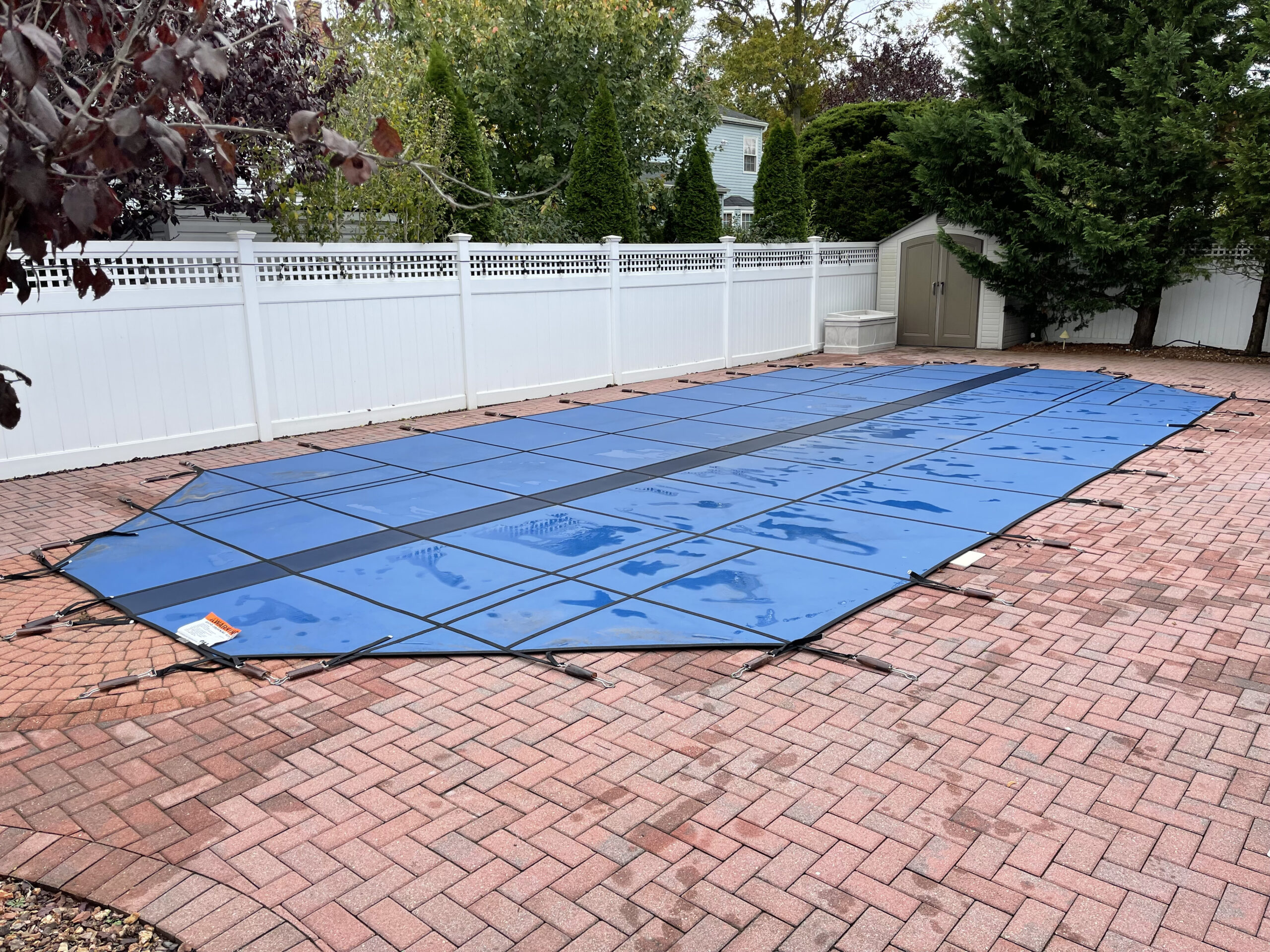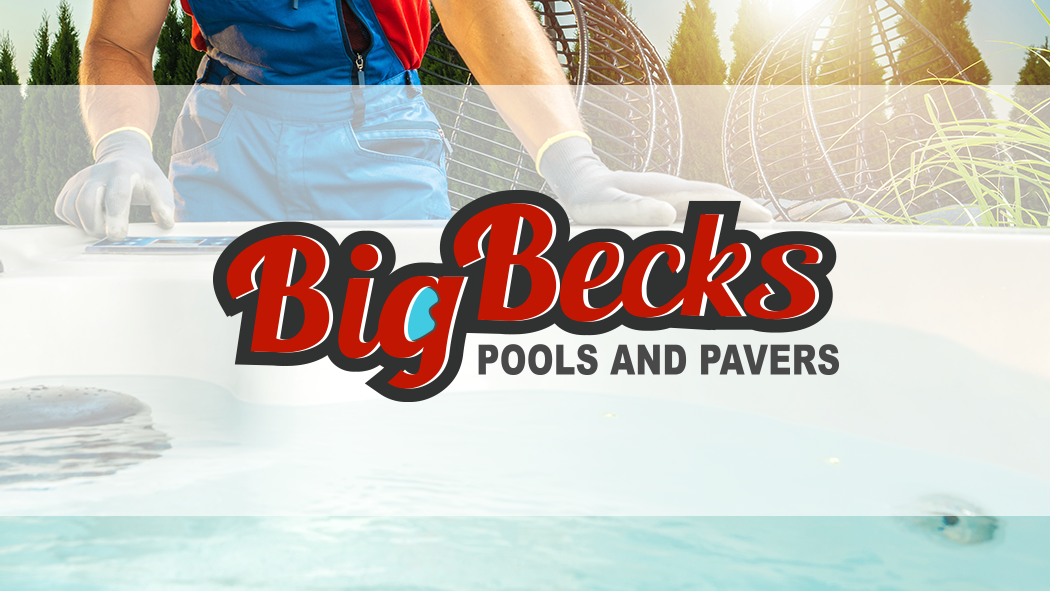a blog by James
Salt Water Pools – How they work
The salt water conversion process is relatively easy. Typically a salt water generator will be plumbed in to your system where your chlorinator currently resides. The system is connected to the timer where your pump is connected, to ensure that the salt system is running whenever the pump is running. After the initial set up with the salt system and adding salt to the water, you’re ready to go. Using electrolysis, the salt generator breaks down the salt into hypochlorous acid and sodium hypochlorite, which sanitize the water instead of traditional chemical chlorine, which is very harsh. Most systems do not need to be set to the maximum output in order to keep the pool clean. In fact, running the salt system at lower outputs will increase the life of the salt cell, which is typically replaced every 3 to 5 years.
Advantages of Salt Water
Salt water pools create a natural chlorine to clean the water, which is much less harsh on the eyes and skin. Its good for people with fair skin and skin disorders. The main advantages with salt water pools is typically seen in terms of chemicals. Most salt water systems will keep your levels perfectly balanced throughout the season, saving a lot of money on yearly chemicals. In fact, most salt water pools pay for themselves in three years with all of the chemicals you aren’t buying. Another major advantage is algae maintenance. Salt water pools are great at keeping algae at bay, and thus keeping your pool as clean as possible. Several of our customers switched over to salt water when traditional methods would not prevent algae. Since converting to salt water, these pools no longer have annoying algae to deal with. Maintaining your pool is much easier with a salt water system. In fact, between a salt water system and a pool robot or vacuum, the average homeowner can handle all of the maintenance themselves, saving a lot of money over the years.
When should I convert?
The best time to convert is at the beginning of the season, after the pool is opened and power vacuumed. Once the pool is clean, the system can be connected and salt added to the water. That being said, to the customer on a budget, a lot of pool companies will offer specials on salt water conversions from the middle to end of the season, when they aren’t so busy. A typical salt water conversion can be done in one day. The system usually takes about 24 hours to register the salt that has been added to the pool, and at that point it will generate natural chlorine as the pump runs
Basic Troubleshooting
As mentioned earlier, there is very little maintenance required with a salt water pool. The main things that the homeowner will need to keep an eye on are the level of the salt and the overall flow of the system. Most salt water systems are designed to run at 3000 ppm, give or take a little bit. If the salt level is too high or too low, the system will automatically stop producing chlorine until the salt is back to an acceptable level. When your salt system is not naturally producing chlorine, its likely to turn green very quickly. If you notice algae, or a green pool, the first thing to check is the salt level. If the pool is turning green, and the salt level is ok, you’ll want to make sure that the pump and filter are working properly. Most salt water systems will disable chlorine production if the flow is being restricted, often by a filter that needs to be backwashed or cleaned. A simple test to do for sand and DE filters is to move the mulitport to “recirculate” and run the system this way for a few minutes. Recirculate bypasses the filter, which will increase the flow on a clogged system. If you are getting a “flow” error in filter, but then it goes away in recirculate, thats a good indication that the filter needs to be backwashed or cleaned. If you are getting a “flow” error with a cartridge filter, we suggest taking the cartridge out and cleaning it off with a hose. Besides the flow errors, there are several other issues that you can have with salt water pools. The majority of these systems have a lot of resources and videos available online, to try to walk you through. The most common mistakes stem from loose or improper connections of the salt cell or flow censor. Making sure everything is properly connected will go a long way to making life with a salt water pool easier. When in doubt, give us a call and have us troubleshoot for you. We have converted a lot of pools to salt water and have seen and worked with a lot of different salt water systems over the years. Our technicians will try to help extend the life of your current equipment before resorting to replacement.
Free Estimates
Salt water pools typically pay for themselves in three years or less. They make owning a pool more enjoyable and maintenance hassle free. Best of all, they aren’t as expensive as you might think! Call 516-654-7665 and we answer any questions you might have and provide a free estimate so you can consider if converting to salt water is the right move for you!


The Importance of Winterizing Your Swimming Pool: Ensuring Long-Term Health and Performance

Enhancing Pool Safety: Installing Pool Alarms and Safety Equipment in Massapequa

The Benefits of Professional Pool Cleaning Services for Massapequa Residents

Creating a Poolside Oasis: Design Ideas for Your Massapequa Backyard


